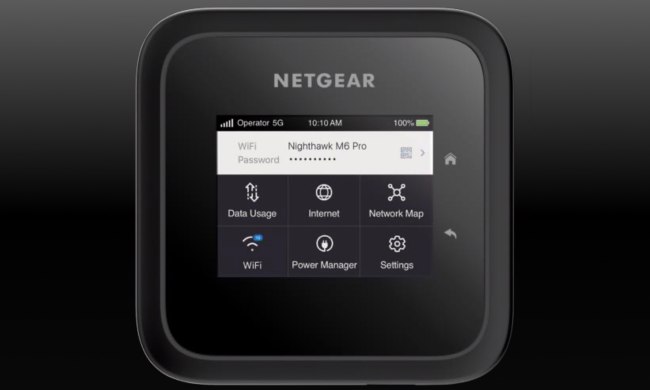TCL kicked off 2022 by announcing two new smartphones for the U.S. market — the TCL 30XE 5G and the TCL 30 V 5G. While the latter has been on sale for the past few weeks as a Verizon-exclusive, it is only now that TCL has revealed its plans for the 30XE 5G. Today, the company announced that the TCL 30XE 5G would be available for U.S. consumers starting February 25, 2022. The phone is available via T-Mobile and its subsidiary Metro By T-Mobile for roughly the same price.
TCL 30XE 5G
The TCL 30XE 5G makes its midrange intentions clear with specifications that include a powerful MediaTek processor, a high refresh rate display, and quad rear cameras. This is a fairly large phone with a 6.52-inch display that supports a 90Hz refresh rate, 180Hz touch sampling rate, and HDR. To keep costs down, TCL opted against equipping the phone with an FHD+ panel, so you have to make do with an HD+ (1600 x 720 pixels) panel with a V-shaped notch for the front camera.
The systen on a chip in question here is the MediaTek Dimensity 700 chip that is less than a year old and was first found doing duty on the Realme 8 5G, which launched last April. This is a reasonably efficient chip based on a 7nm manufacturing process and is more than capable of handling daily tasks without breaking a sweat. Unfortunately, the phone ships with just 64GB of internal storage (of which only 43GB is usable) with no mention of a 128GB option. Thankfully, you do get the option to slot in a microSD card and expand the storage capacity to 512GB.

The three rear-facing cameras on the TCL 30XE 5G include a 13MP primary camera and twin 2MP sensors that act as depth and macro sensors. The primary camera does the bulk of the heavy lifting. TCL has also thrown in an LED flash for those occasional lowlight shots. For selfies, the front-facing camera gets an 8MP sensor. Video recording using both the front and rear cameras top out at 1080p 30 frames per second (fps).
For a phone this big, we’d have expected the TCL 30XE 5G to ship with a larger battery than the 4,500mAh unit that TCL decided to use. The phone ships with an 18-watt charger that takes just over 2.5 hours for a 0-to-100% charge. Biometric authentication features on the phone include a rear-panel-mounted fingerprint scanner and support for face unlock. The 5G-capable phone supports T-Mobile 5G and can also fall back to LTE (and 3G) networks when needed. However, the spec sheet does not mention support for 5G mmWave. The TCL 30XE 5G will launch with a near-stock version of Android 11, with an update to Android 12 likely in the future.
Pricing and availability
You can buy the TCL 30XE 5G starting February 25, 2022. The phone will arrive on T-Mobile and Metro By T-Mobile first, followed by a broader launch on other networks. The phone has been priced just under the $200 mark. T-Mobile users can get the phone for $198, while Metro By T-Mobile users will need to shell out slightly more ($200) for the phone. As of now, the phone appears to be only available in a single color variant called shadow black.



